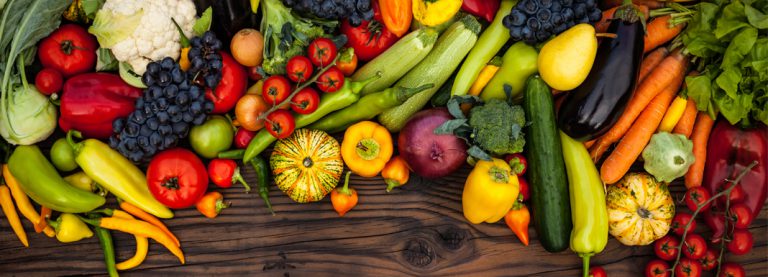
You’ll notice that lots of my recipes list bouillon as an ingredient. That’s my shorthand for using a flavored liquid instead of water. When one of my recipes calls for bouillon, here’s what to use:
Bouillon cubes, granules or paste. The easiest method is to add one bouillon cube or one teaspoon of bouillon granules for each 1 to 2 cups of water, or about a tablespoon of bouillon paste. My favorite product is “Better Than Bouillon” brand paste (chicken or vegetable flavor). I also recommend chicken bouillon cubes because they are so convenient. Use vegetable flavor if you prefer, or beef flavor in hearty recipes such as chilies.
Packaged stock or bouillon. In the soup section of most supermarkets you will find “boxes” of liquid stock in various flavors. Experiment with them until you find one that you like.
Dashi or powdered fish stock. These are similar to bouillon granules but with a fish flavor. Asian grocery stores are your best source — they have dozens of varieties, usually in foil packets or little jars. Use these wherever a recipe calls for fish stock or where you want a fish flavor.
Homemade stock. Classic chefs swear by homemade stock, and believe that canned bouillon or bouillon cubes are mortal sins. I’m not such a purist. Sometimes I make my own, but I must admit that I usually don’t. The traditional stock pot is based on lots of gelatin-rich, flavorful bones and meat scraps, which of course I do not have in my kitchen. I can make a good fish stock with fish trimmings and shrimp shells, but when I make plain vegetable stock, it’s pretty boring. You will need to decide whether it’s worth your time, and whether you have the refrigerator space, to keep a stock pot going. Recipes for homemade stock are on pages 308-309 of my book, Fat Free, Flavor Full, but really there are no set recipes. You start with boiling water, add the vegetables and scraps, and simmer as long as you like — at least an hour — and strain the broth. Don’t add spices to the stock since you will be using it in other recipes that have their own seasoning.
Other Choices. If you want to experiment with other flavored liquids, you can try tomato juice or vegetable juice, bottled clam juice, wine, beer, citrus juices or vinegar, depending on the particular recipe.